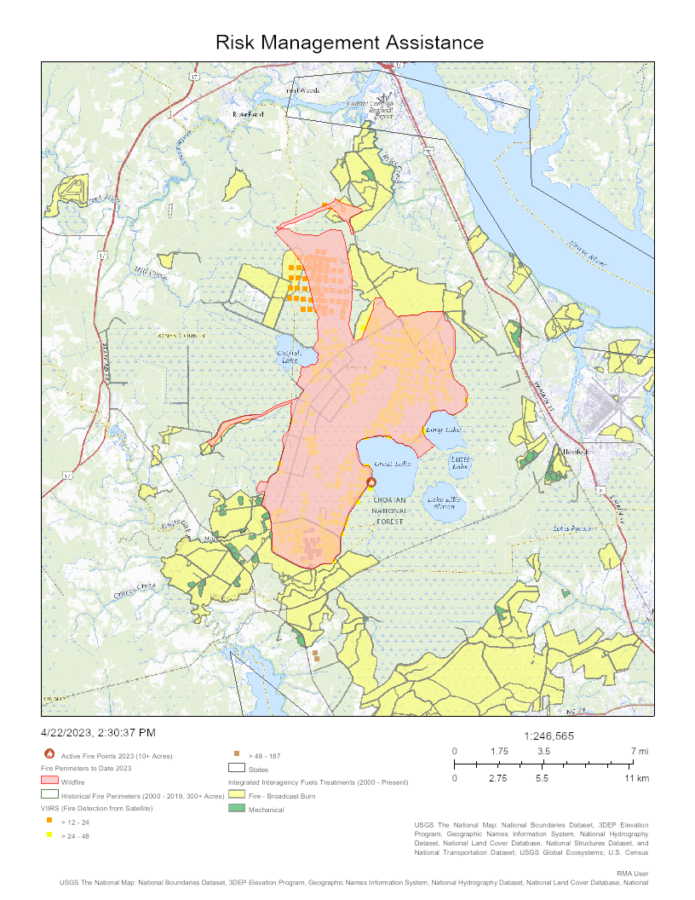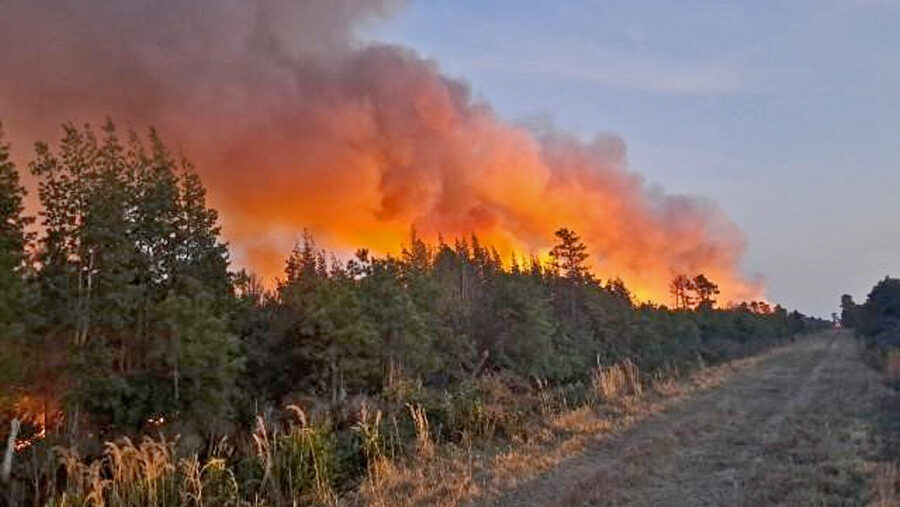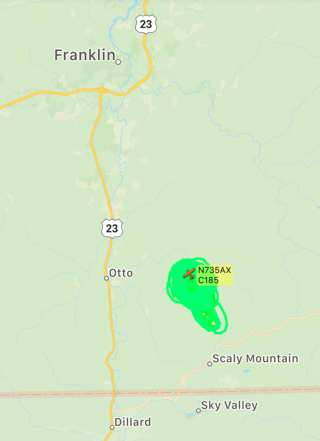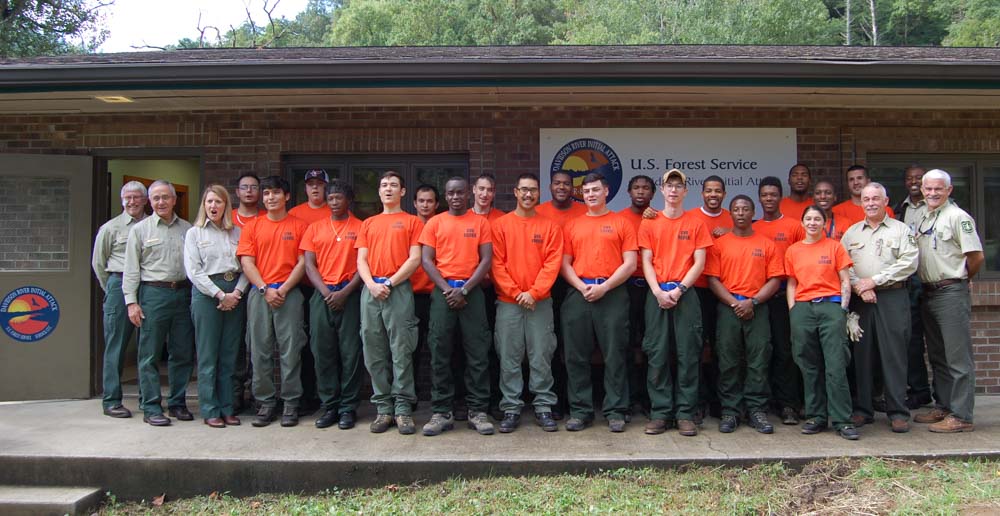Officials have declared a state of emergency in a western North Carolina community where a wildfire has burned hundreds of acres and is threatening dozens of homes. It was estimated at 5 percent containment this afternoon.
According to the North Carolina Forest Service there was one home damaged and two homes destroyed, along with one outbuilding and one uninhabited cabin; wyff4.com reported that the cause of the Poplar Drive Fire is under investigation. There have been no reported injuries.
The 431-acre fire in Henderson County threatens at least 75 other threatened structures; North Carolina Forest Service is focusing on putting in firelines.
CBS-19 out of Charlottesville reported that crews are also fighting several separate fires in forested areas of Virginia, Tennessee, and Kentucky as wide swaths of those states face moderate to severe drought conditions and warmer-than-normal temperatures.
Several counties in western North Carolina are currently in a severe drought, with wildfire activity increasing in the dry conditions. The North Carolina Forest Service issued a burn ban Sunday for 14 counties in the western part of the state because of hazardous conditions and said the ban would stay in effect until further notice.
 Meanwhile, the Virginia Department of Forestry and the National Park Service are managing the 2800-acre Quaker Run Fire under unified command with Madison County Emergency Management. Their goals this afternoon included keeping the fire east of Rapidan Road and prepping both Rapidan Camp and Camp Hoover. Another priority is protecting power poles in the fire area. Resources include Type 3 and Type 1 helicopters, and listed hazards included rolling rocks and continued falling snags.
Meanwhile, the Virginia Department of Forestry and the National Park Service are managing the 2800-acre Quaker Run Fire under unified command with Madison County Emergency Management. Their goals this afternoon included keeping the fire east of Rapidan Road and prepping both Rapidan Camp and Camp Hoover. Another priority is protecting power poles in the fire area. Resources include Type 3 and Type 1 helicopters, and listed hazards included rolling rocks and continued falling snags.

Park officials cautioned that visitors will encounter smoke in some areas; the fire is burning on private, public, and park land on the eastern boundary near Whiteoak and Old Rag. The Quaker Run Fire includes about 670 acres within the Shenandoah National Park boundary. Updates on the air quality status is available online through the Wildland Fire Air Quality Response Program. Updates are published daily by 8:00 a.m.
The powerline that supplies the Big Meadows area has been de-energized for firefighter safety. Big Meadows Wayside, the visitor center, and the campground are open and using generators. Some visitor amenities may be limited, and Big Meadows Lodge is closed for the season.

Fire weather forecast: High pressure is overhead but should slide offshore late Monday. Gusty south winds should return as the warm front lifts into the region. Gusts of 20-30 mph are possible at the fire location, and winds will be even higher on the ridges through Tuesday evening. Minimum humidities will remain around 35-40 percent across the Shenandoah Valley, with a predicted 40-45 percent east of the Blue Ridge. By Tuesday, these values are expected to improve as moisture builds back into the region.
Smoke is heaviest in the communities of Syria and Madison, which are closest to the fire, and in the central portion of the Park near Big Meadows, Whiteoak, and Old Rag. Smoke typically settles into low-lying areas in the evening and overnight, remains heavy in those areas in the morning, then lifts out in early afternoon. Smoke at Big Meadows is usually most noticeable in early afternoon as it is lifting or in the evening when smoke begins to settle. Hikers are encouraged to avoid the central part of the park.
~ Thanks and a tip of the hardhat to Matt and Cary.









